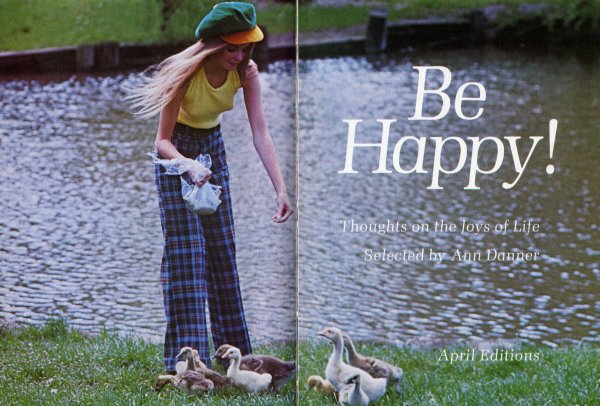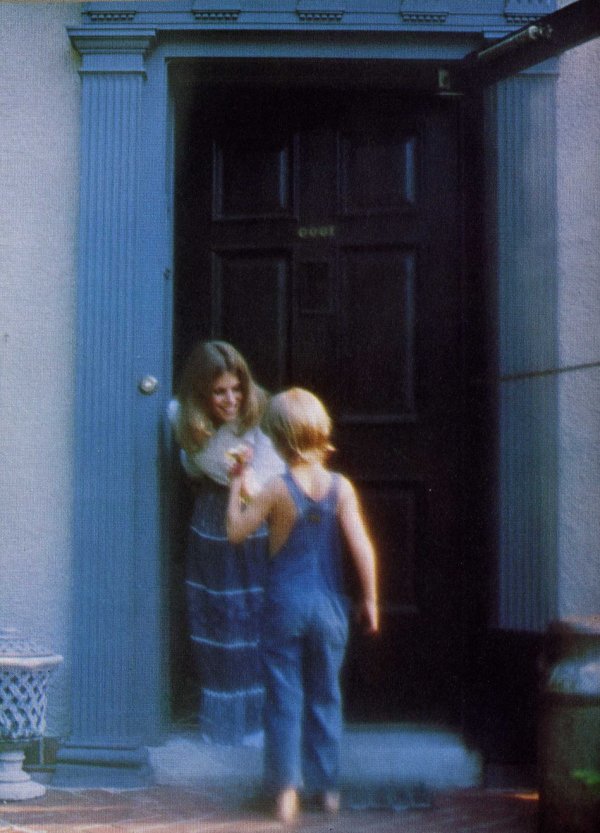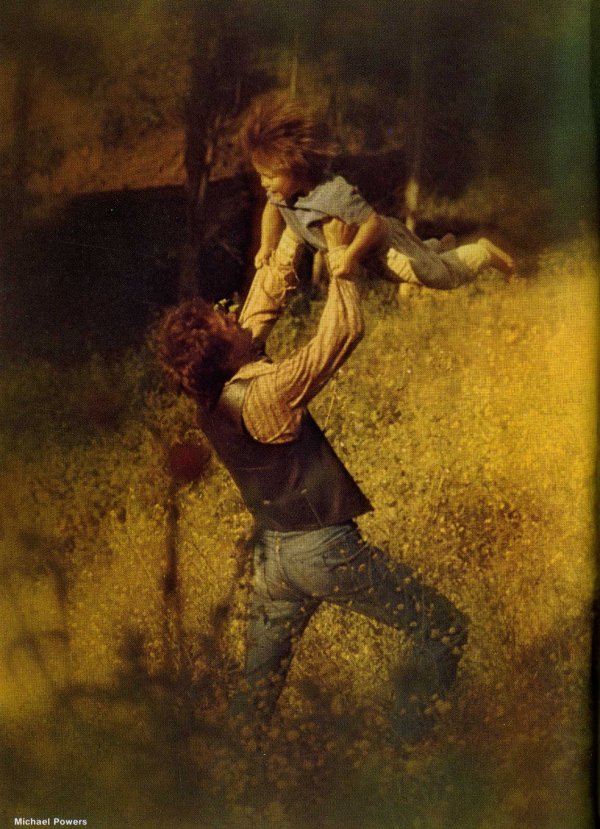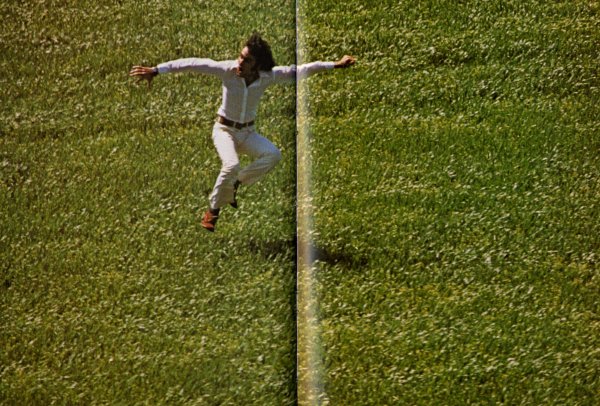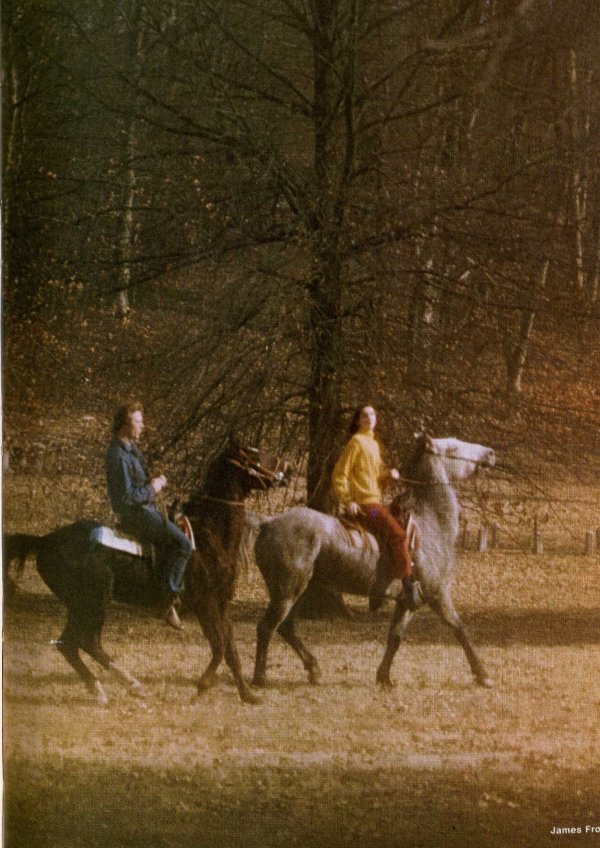This book rounds out the Brighton Beach trilogy, and although it’s been decades since I read Brighton Beach Memoirs, I read Biloxi Blues just this May. Ergo, I am sort of up on the characters and storyline. Bottom line? This play was probably the weakest of the bunch and only made its way onto stage and onto the television screen because Neil Simon was all that. As a stand alone drama, it’s a little lacking. You have to be invested in the characters already from the previous works to really care, and the piece doesn’t offer an overarching goal/conflict that needs to be resolved; instead, you’ve got a subplot in the chance Stan and Eugene have to make it as comedy writers, a subplot about the grandmother offstage moving to Florida, and a subplot about the breakdown of the Jerome parents’ marriage. Even lumped together, it doesn’t stick.
On a side note, I find that the actor who played Eugene Jerome in the movie Brighton Beach Memoirs, Jonathan Silverman, reprised the role for the Broadway debut of the play; however, in the made-for-television treatment (as opposed to the other two plays’ movie treatment), Silverman plays Stan Jerome, the older brother. He’s lost the part of Eugene to Corey Parker, who played Epstein in the film Biloxi Blues; as you know, Matthew Broderick played Eugene Jerome in both the Broadway and film versions of Biloxi Blues. Both Silverman and Broderick played Eugene Jerome on Broadway in Brighton Beach Memoirs; so when you’re watching the movies in order, you get some cast switching in odd ways. Kind of like when Lee Van Cleef was two different characters in For a Few Dollars More and The Good, The Bad, and The Ugly.
So it’s good to read the play if you need to close out the trilogy, but if it’s your only insight into the Jerome mythos, you might want to pass.



